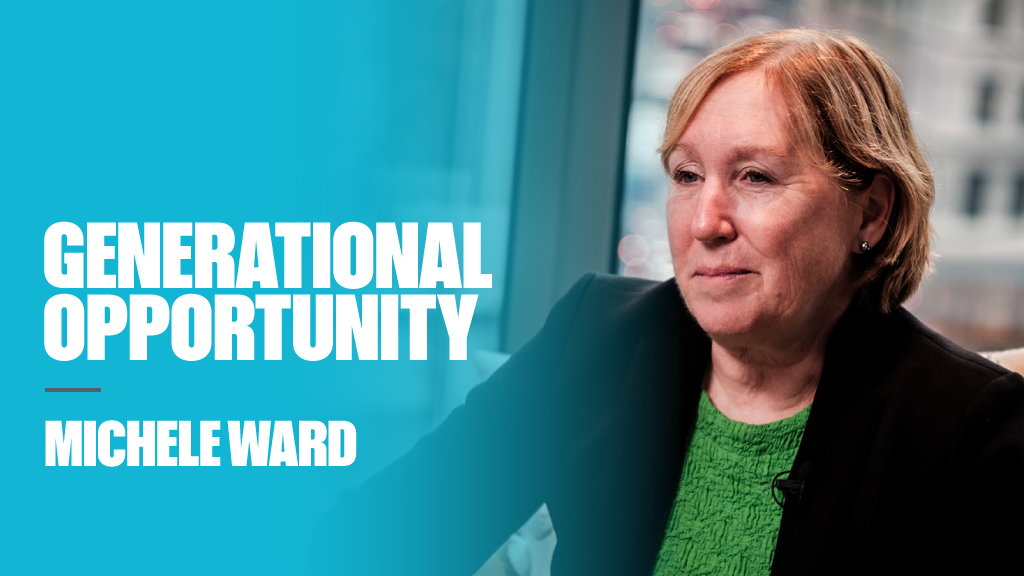These funds welcomed some €54bn in net inflows during 2013 and 2014, but the tide turned last year when the category saw overall outflows of €4bn, according to Cerulli Associates, the consultancy. The declining fund flows correspond with Expert Investor’s asset allocation sentiment data.
Halfway 2015, unconstrained bond funds were a hit in quite a few European countries, such as Italy, Switzerland and Norway. This has now changed markedly: on a Pan-European basis, just 14% plan to increase their allocation, while almost half of fund buyers have ditched the category altogether.

All unconstrained bond funds saw net outflows at the start of 2016, and most have been losing money for a while. The M&G Optimal Income Fund is still the world’s biggest unconstrained bond fund, but it is bleeding heavily. It lost €11.6bn in 2015, and the fund is now a third smaller than at the end of 2014. Blackrock, which runs several unconstrained bond funds, welcomed net inflows of €7.5bn in 2015.
Don’t jump to conclusions
However, maybe it’s too early to declare the demise of the unconstrained bond fund. After all, ‘constrained’ bond funds have also seen large net outflows since mid-2015. While government bond funds registered net inflows of about €1bn, net redemptions from investment-grade corporate bond funds exceeded those from unconstrained funds, at €5.5bn.

So when, if ever of course, fixed income becomes fashionable again, so may unconstrained bond funds. However, they have a disadvantage compared to the rest of the fixed income universe: their fees are significantly higher. The M&G Optimal Income Fund, for example, has an ongoing cost figure of 1.4%. The cost figure of the still-growing Blackrock Fixed Income Global Opportunities Fund is only slightly lower, at 1.22%. Of the large unconstrained bond funds we looked at, only Pimco’s fund has a fee below 1%.
Unconstrained bond managers need to show performance figures that justify these elevated fees. However, at the moment they don’t seem to do that (see chart above). So the obvious option remaining is one that might improve the net performance of unconstrained bond funds, but will dent the profits of fund houses: cutting fees.









